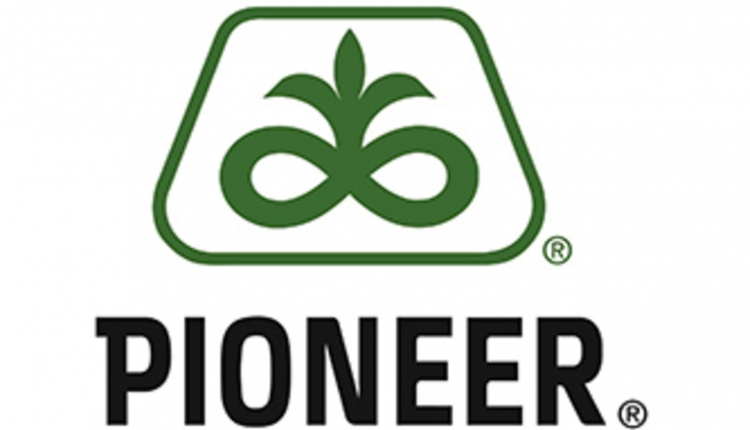This item has been supplied by a forage marketer and has not been edited, verified or endorsed by Hay & Forage Grower.

“One of the most important factors when deciding to cut hay for the first time is determining which animals will get the hay,” said Eric Migliazzo, Pioneer Dairy Specialist.
For many farmers, that’s dairy animals, as they require high-quality alfalfa forages. Generally, quality is highest when alfalfa plants are younger. As they grow, they add tonnage, but nutrient density diminishes.
“Harvesting before the bud stage will ensure the highest quality, while waiting until just after flower will yield the most tonnage,” Migliazzo said.

Understanding the trade-offs between yield and quality can help determine when that first cut should be made. Growers should plan for animal and operational needs based on inventory space and quality requirements. Once a quality target is identified, a predictive tool, such as the predictive equations of alfalfa quality (PEAQ) or scissor-clip, can help hit the target.
When timing that first cut, a good rule of thumb is to begin when readings are 15 to 20 points higher than your target relative feed value. It is always best to run comparisons between PEAQ readings on your farm with final harvested samples to know how much adjustment is needed.

